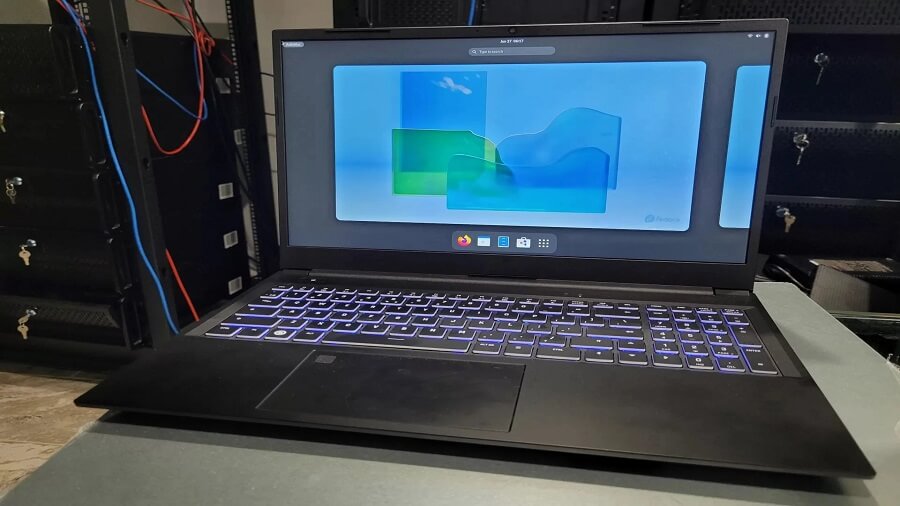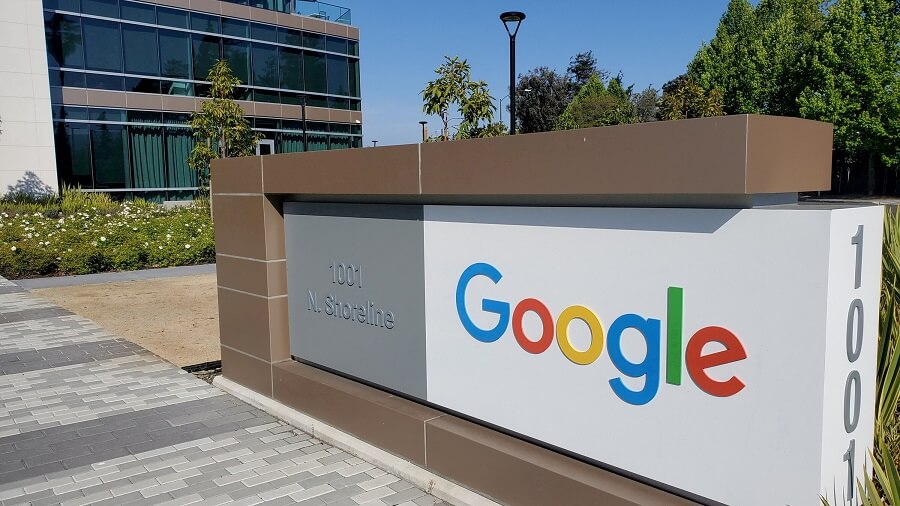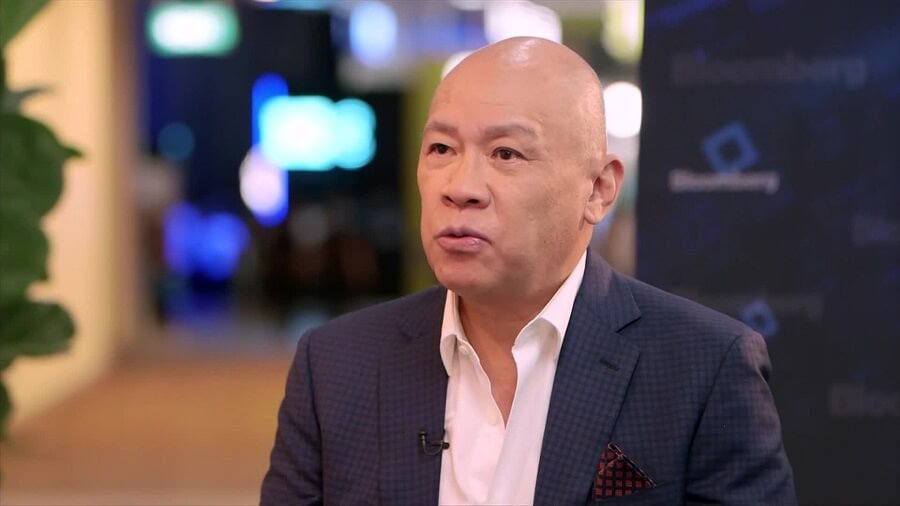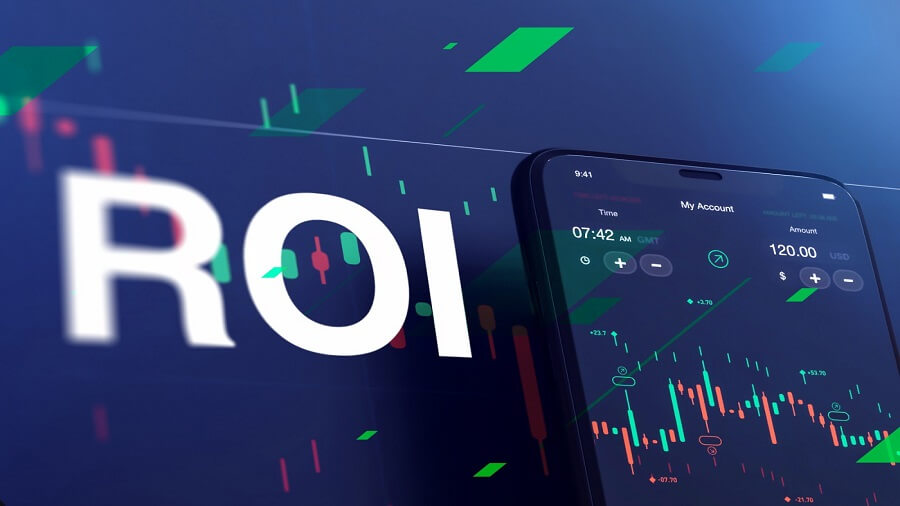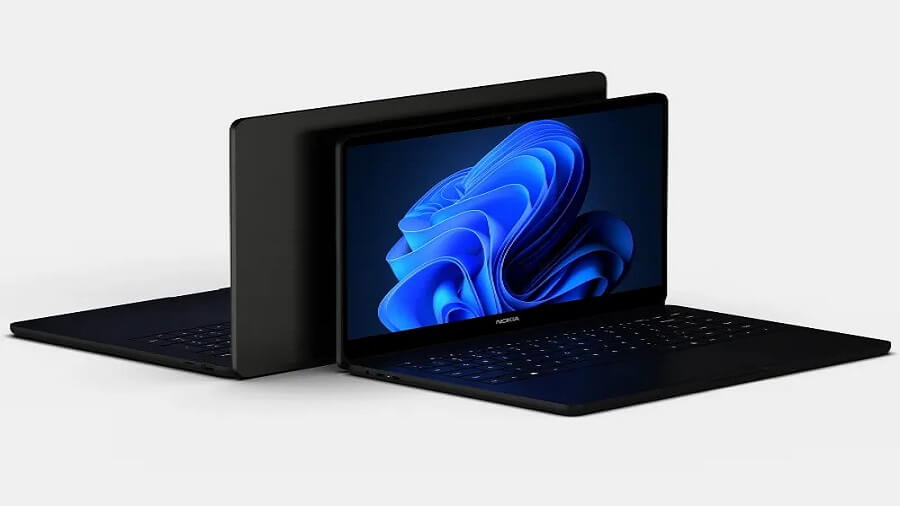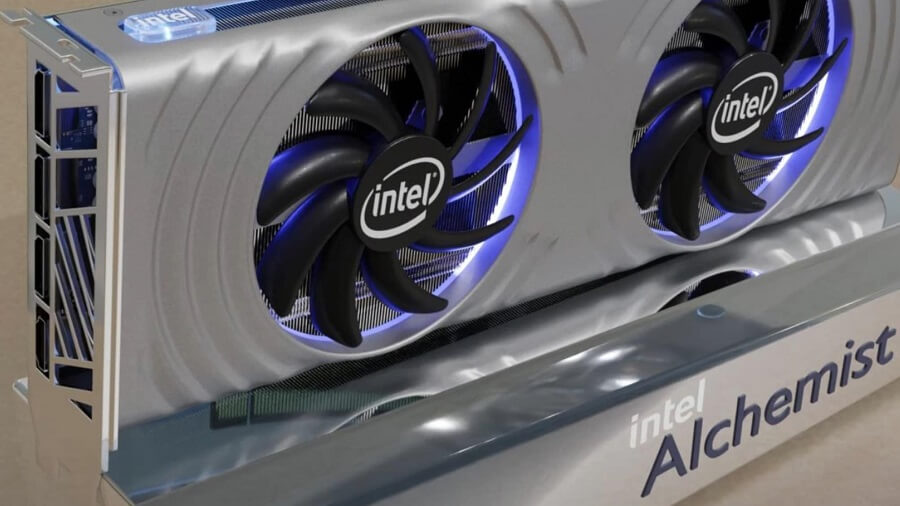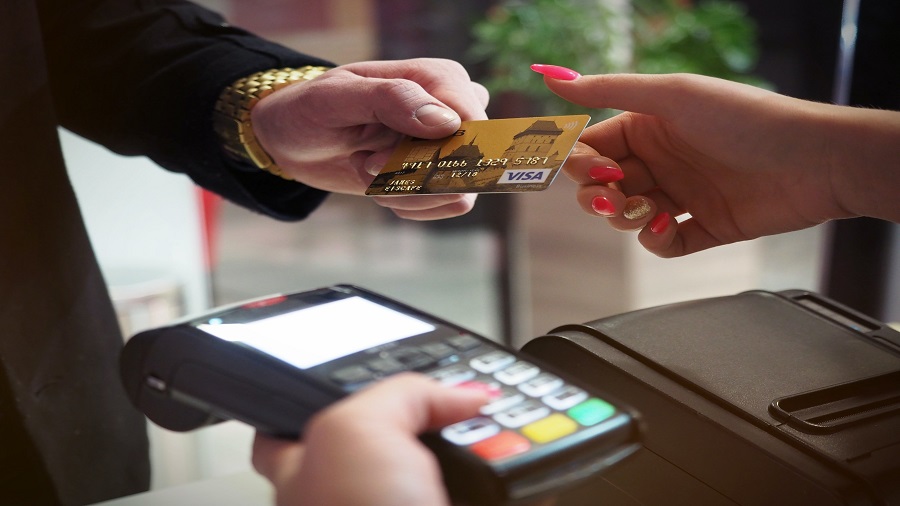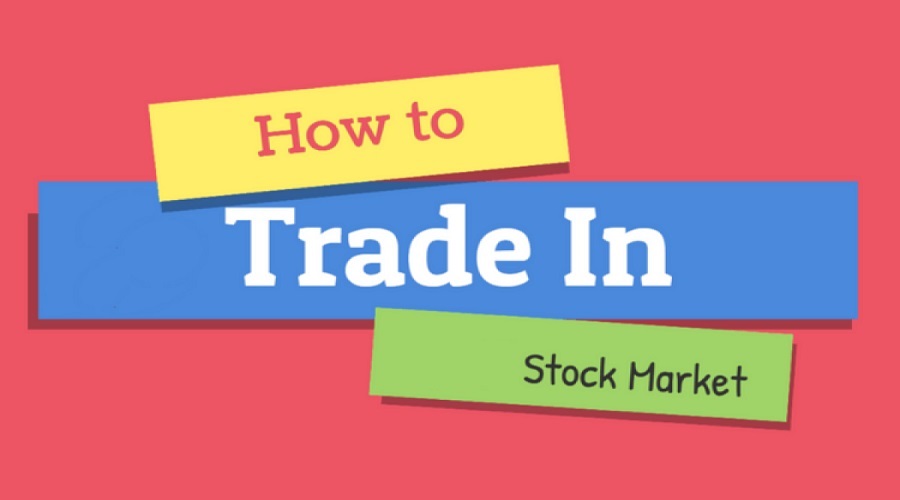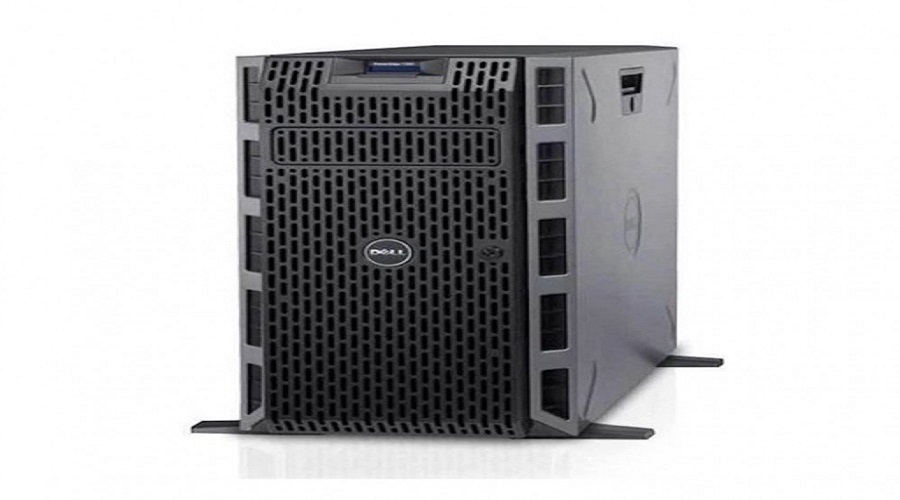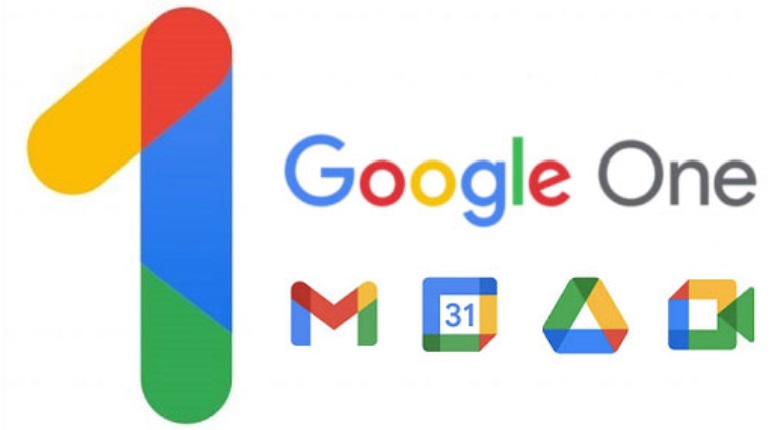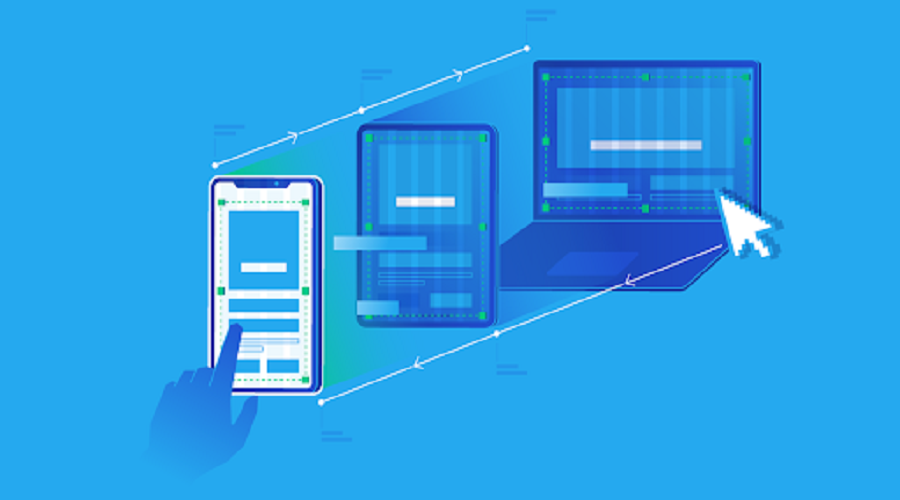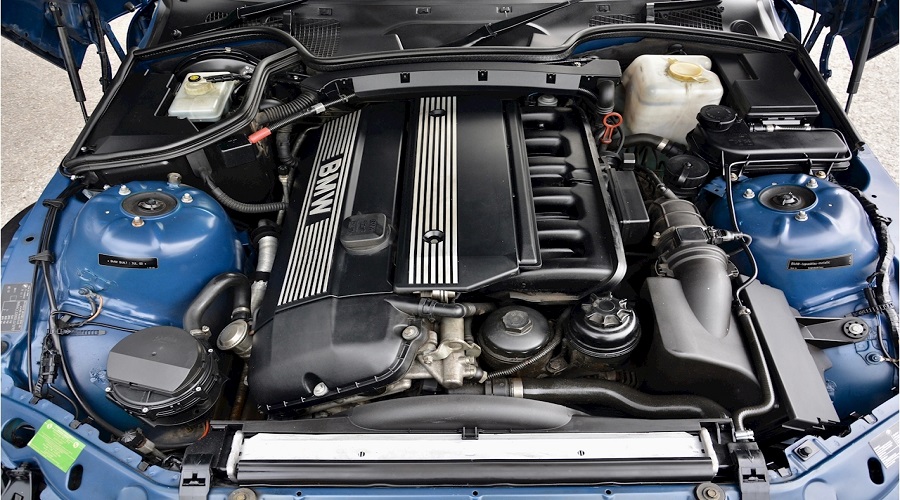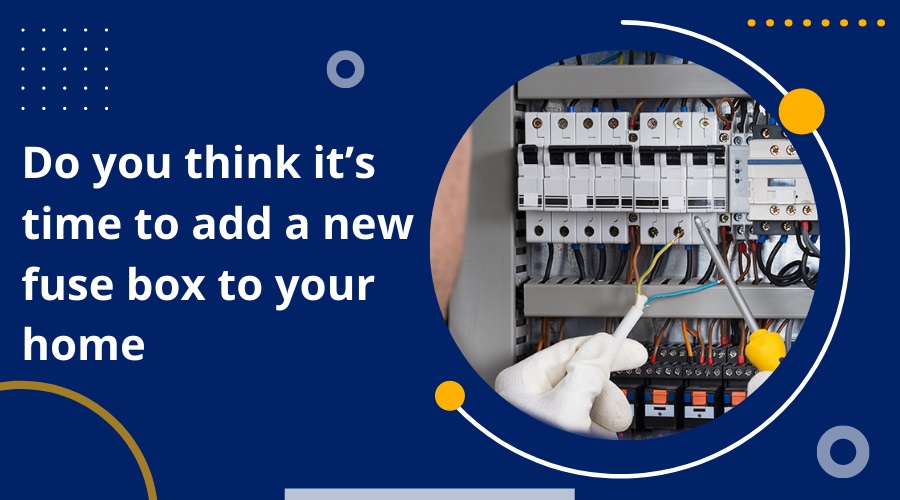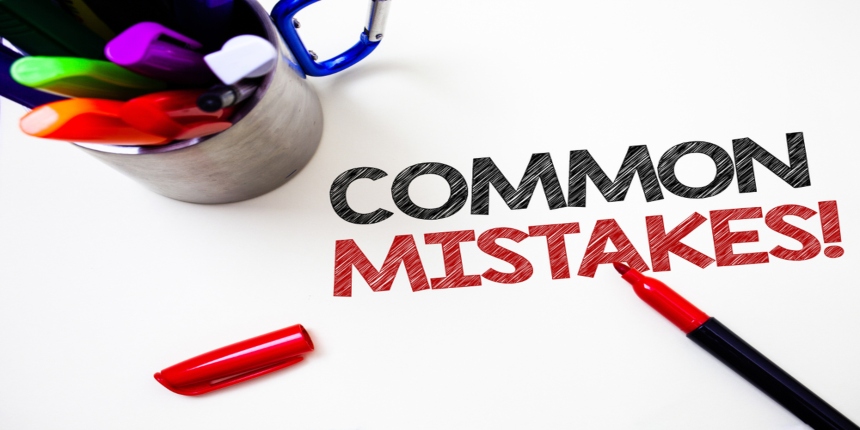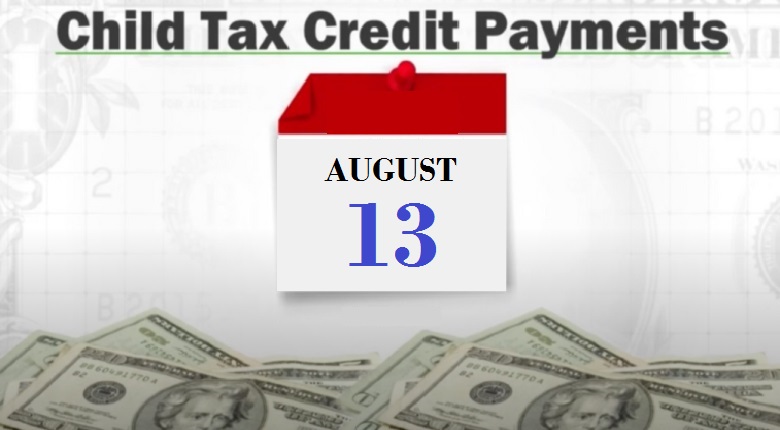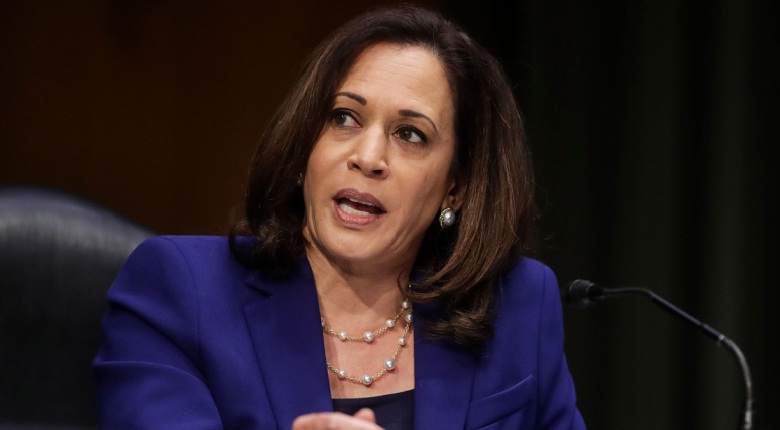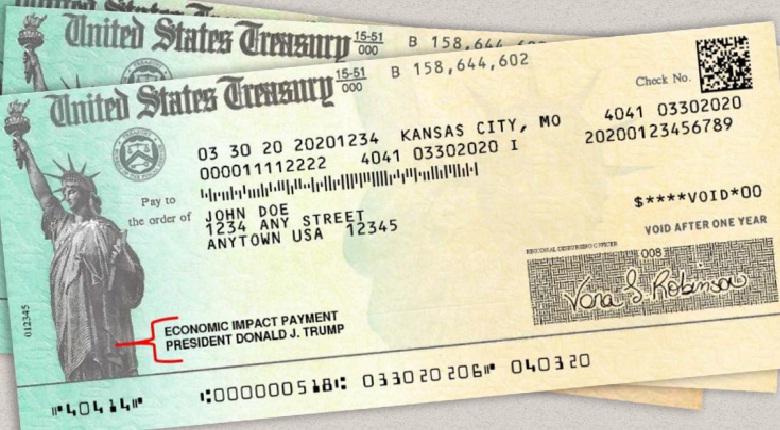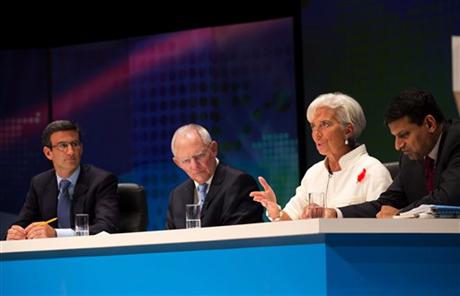Platforms for Blockchain Technology: There Is Only One Chain to Rule Them All

Blockchain is a distributed and immutable ledger that can streamline the recording of transactions and the management of assets in a business network. A tangible asset is something that can be physically touched, while an intangible asset is something that can only be measured in money or square footage (intellectual property, patents, copyrights, branding). A blockchain network allows for the tracking and trading of nearly any asset, reducing the costs and risks involved for all parties.
Distributing ledger technology (blockchain) is well-suited to this task because the data it generates can be instantly shared and is completely transparent. This data is kept in an immutable ledger that can only be accessed by authorized participants in the network.
Have a deep understanding of other Blockchain-related topics including web3 in real estate, cryptocurrencies and many more.
Blockchain Platforms to Consider in 2023
There has been a significant uptick in people’s interest in using blockchain platforms as a means of streamlining supply chains, enhancing traceability, making trade more straightforward, and enhancing financial transactions.
Learn the ins and outs of the blockchain platforms that are generating the most buzz, including their key features, what sets them apart from other platforms, their strengths, and their weaknesses.
1) Ethereum
Ethereum is one of the blockchain platforms that has been around the longest and has the most experience. It offers a blockchain that is completely independent of any central authority and is analogous to the Bitcoin blockchain network.
2) IBM Blockchain
According to Manders, the most successful users of IBM Blockchain have been enterprise clients who are less risk-averse. IBM Blockchain is a private blockchain network that operates without a central authority. According to him, the most promising opportunities lie in utilising it to link into enterprise clouds and legacy technologies in a more seamless manner than is possible with other decentralised networks.
3) Tezos
Tezos is an older platform that supports decentralised applications, smart contracts, and novel financial instruments like NFTs, which can be thought of as a modern variation on trading cards that are tied to digital assets. Tezos has been developing since 2014, and it is possible to consider NFTs as trading cards with a modern twist.
4) EOSIO
In 2018, the EOSIO blockchain platform was introduced to the public for the very first time as an open-source project. It is tailored to facilitate the development of decentralised applications and intelligent contracts. According to those who advocate for it, it employs a sophisticated consensus mechanism that is founded on PoS and offers higher levels of performance than more established mechanisms, such as Ethereum. In addition to that, it provides assistance for a governance feature that allows users to vote on modifications to the platform.
5) Stellar
Stellar is a more recent blockchain platform that has been optimized for various applications utilizing DeFi. It makes use of the Stellar Consensus Protocol, which is rumored to be capable of reducing the amount of time necessary to process and finalize transactions on a public blockchain network.
6) ConsenSys Quorum
Quorum is a modified version of Ethereum developed by JPMorgan, a company that provides financial services. It does this by taking advantage of the foundational work done on the Ethereum blockchain platform and repackaging it in a secure setting that is suitable for financial institutions.
Components of Blockchain
The following are the four primary components that make up the architecture of a blockchain:
1) Blockchain Network
The blockchain is a data structure that stores data and information on manipulating this data within a semi-public chain of linear containers. This structure is known as the blockchain network (blocks). Because each block contains the owner’s signature, any participant in the blockchain can view and verify the information that has been stored in a block because each block contains the signature of its owner. The owner is the only person who can access the data that is stored within the block, as they are the only person who holds the private keys (hash data).
2) Consensus Mechanism
Consensus mechanisms in blockchains, also known as consensus algorithms, are fault-tolerant mechanisms used to achieve an agreement on a single state of the network in real time. These mechanisms can also be referred to as consensus protocols. It is one of the goals of a consensus mechanism to make certain that there is only one valid copy of a record that is distributed across all of the nodes.
3) Smart Contracts
Smart contracts are the fundamental components of decentralised applications, also known as DApps. You can think of a smart contract as a small programme or piece of writing code that can be entrusted with a certain amount of money.
4) Permissions
Both permissioned and permissionless use cases are possible with blockchain technology. Blockchains that do not require permission to access are called permissionless blockchains. These are open networks that let anyone participate in the consensus process that a blockchain uses to validate transactions.
A blockchain that is permissioned will include the use of digital certificates, which will act as a form of access control to the transaction details. Because of this, it is possible to use policies to restrict how the network is used.
Different kinds of Blockchains
The following is a listing of the four different blockchain structures:
1) Public Blockchains
Public blockchains are inherently permissionless, open to participation from anyone, and operate without any centralised authority. All nodes on a public blockchain are granted the same rights to access the blockchain, add new data blocks, and validate existing data blocks. This is because public blockchains are open to the public.
To this day, the most common activities that take place on public blockchains are cryptocurrency trading and mining. You may be familiar with some of the more well-known public blockchains, such as Bitcoin, Ethereum, and Litecoin. On these public blockchains, nodes “mine” for cryptocurrency by “mining” cryptographic equations in order to create blocks for the transactions that are requested on the network. In exchange for all of this labour, the miner nodes are rewarded with a token amount of the cryptocurrency being mined. The miners perform essentially the same function as the bank tellers of the modern era in that they formulate a transaction and receive (or “mine”) a fee in exchange for their efforts.
2) Private Blockchains
Permissioned blockchains managed and controlled by a single organisation are known as private blockchains. These blockchains may also be referred to as managed blockchains. Within a private blockchain, the governing body acts as the authority that decides who can participate as a node.
Private blockchains are more susceptible to fraud and malicious actors than public blockchains are, but public blockchains typically have longer validation times for new data than private blockchains. Both types of blockchains have their advantages and disadvantages. These drawbacks prompted the development of consortium and hybrid blockchains as potential solutions.
3) Consortium Blockchains
Consortium blockchains are a type of permissioned blockchains that are managed by a group of organisations rather than a single entity, as opposed to the private blockchain, which is managed by a single entity. Therefore, consortium blockchains benefit from a higher level of decentralisation than private blockchains, which ultimately leads to increased levels of security.
4) Hybrid Blockchains
Hybrid blockchains are controlled by a single organisation but also have a level of oversight performed by the public blockchain. This level of oversight is required to perform certain transaction validations, so hybrid blockchains are necessary. IBM Food Trust is an example of a hybrid blockchain developed to improve efficiency throughout the entire food supply chain. This led to the development of IBM Food Trust. An upcoming article in this series will devote more space and time to elaborating on our discussion of IBM Food Trust.
Wrapping Up
In conclusion, we would like you to use your understanding to determine which blockchain will serve your purpose more effectively. If you are already a part of a public blockchain network, all you need to do to be able to make astute decisions for the future is have a comprehensive understanding of how a public blockchain operates.



























